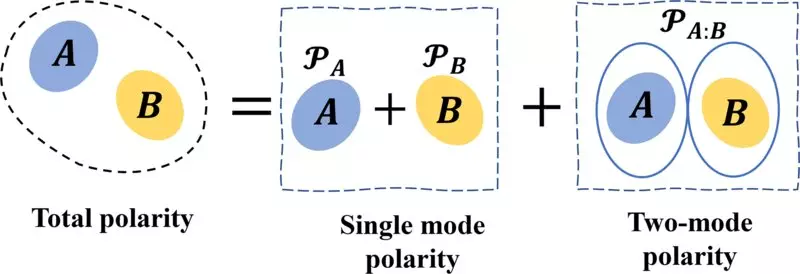Quantum information science is grounded on two pivotal features of quantum mechanics: superposition and entanglement. These phenomena not only define the core principles of quantum mechanics but also serve as the bedrock for advancements in computing and communication. Superposition allows a particle to exist in multiple states at once, while entanglement establishes a connection between particles, linking them irrespective of the distance separating them. This duality is crucial for the development of quantum computers, which promise to tackle complex calculations beyond the reach of conventional computers. Without the unique characteristics of superposition and entanglement, it would be impossible to leverage quantum mechanics for practical applications.
Research led by physicists including Wenchao Ge from the University of Rhode Island and collaborators from Texas A&M University has revealed new insights into these essential quantum properties. Their recent theoretical work, published in Physical Review Letters, investigates the relationship between superposition and entanglement, aiming to establish a quantifiable measure that encompasses both facets. Ge emphasized the significance of their findings: understanding the connection between these properties opens doors to innovative applications in quantum information processing. This research not only proposes a theoretical framework but also enhances our comprehension of how quantum mechanics can be manipulated for future technologies.
One of the most revolutionary aspects of this research is the introduction of a method to quantify superposition and entanglement. The team’s work highlights that these two resources can be converted from one state to another, which may facilitate experimental manipulations in quantum settings. Ge pointed out that if superposition is difficult to achieve, for example, one might alternatively utilize entanglement, creating a seamless transition between different quantum states. This insight can significantly advance the field, as it enables researchers to think creatively about how to leverage quantum properties in varying conditions.
Nonclassical resources refer to quantum states that lack classical analogs, presenting unique challenges in research. While there has been considerable interest in further understanding these resources, a unified evaluation remains elusive. Ge and his team sought to bridge this gap by examining the intricate relationship between superposition and entanglement. They primarily focused on Gaussian states, a family of states known for their simplicity and the ease with which they can be created and manipulated. Historically, most studies had been limited to simple systems involving two or three modes, but this research pushes boundaries further by proposing a universal measure applicable across a broader spectrum of quantum systems.
The implications of this study are vast. For one, establishing a single quantitative measure for superposition and entanglement could streamline future research and applications in quantum computing and sensing. Ge mentioned that the current understanding is limited to three modes, yet he speculates that extending this research to four or five modes—and potentially even more complex systems—could yield deeper insights. The team’s findings are not merely applicable to existing frameworks but suggest potential explorations into a broader realm of quantum properties that could redefine our comprehension of quantum mechanics.
As we venture further into the realm of quantum technology, understanding the delicate dance between superposition and entanglement is crucial. The groundwork laid by Ge and his colleagues promises fruitful avenues for future research, potentially revolutionizing our approach to quantum information processing. Whether it is in creating more efficient quantum computers or enhancing communication protocols, the exploration of how to harmonize these fundamental properties will undoubtedly play a vital role in shaping the next generation of technologies rooted in quantum mechanics. Embracing a proactive attitude towards these challenges will not only benefit scientific inquiry but will also lay a solid foundation for practical applications that can transform industries and societal paradigms.

